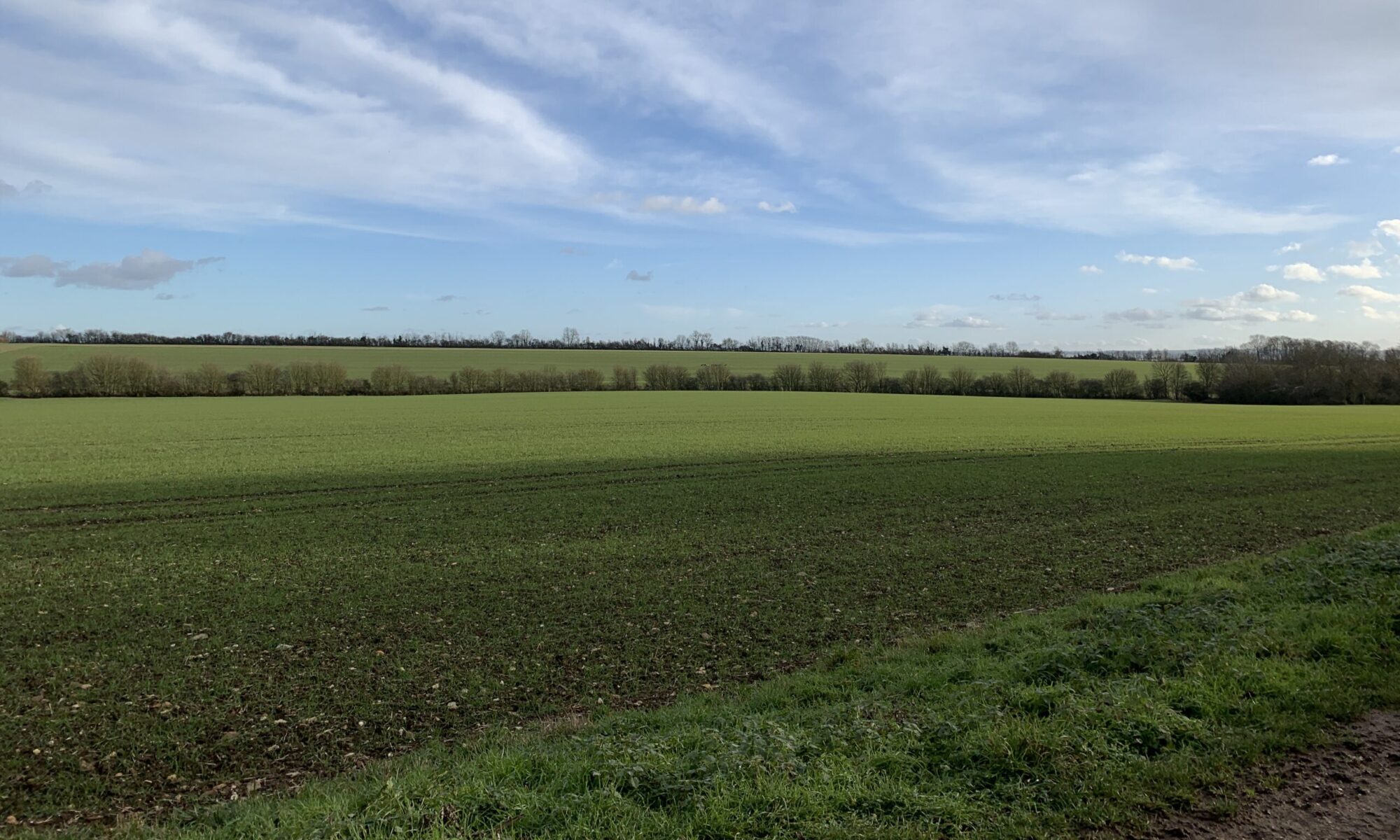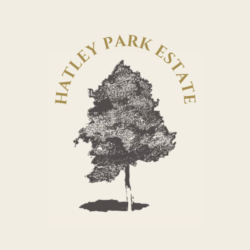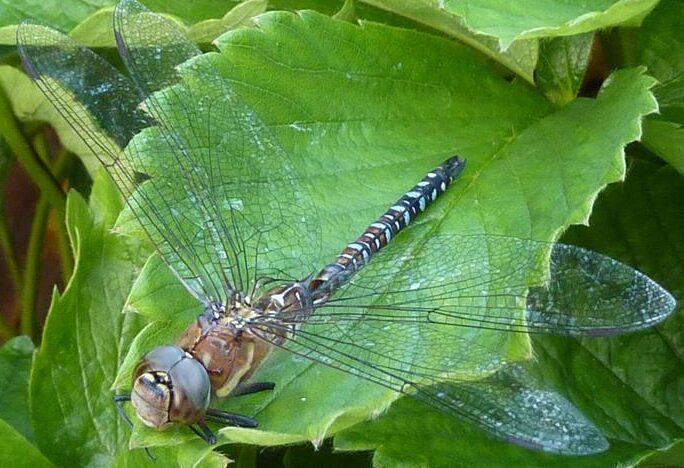Our Wildlife Habitats
The estate has a wide variety of habitats, ranging from ancient woodland, a network of hedges, wildflowers meadows and unimproved grassland to ponds, lakes and wetlands.
It has won prizes for its conservation work, and is part of the West Cambridge Hundreds Group, which works to connect up habitats across a 10,000 hectare area. The management has been built on the principle of supplying the CCKs – Cover (somewhere to shelter), Calories (food) and Kids (a place to breed). The woodlands are connected together by wildlife corridors, which often incorporate grass margins at the edge of the crop, with a ditch and a hedge, to allow the birds, mammals, insects and plants to move easily between habitats. The margins are planted with either wild grass and flower mixes, or pollen and nectar mixes, and managed to maximise the variety of species.
Certain areas have been encouraged to become wetland, which have become increasingly rare these days due to drainage. This means that they are under water during the Winter period, when they provide food for ducks and waders, and dry out during the Summer period, when the grass grows and seeds.
We are lucky enough to still have an old hay meadow which is full of wildflowers. After the plants seed, we gather the grass from it and scatter the ‘green hay’ onto other areas in order to spread the wild flowers, thereby adding more pollen and nectar for the insects.
We try and maintain variety by keeping the hedges at different lengths with north-south hedges allowed to grow high, and east-west ones kept lower, which reduces crop shading and provides a denser hedge. The blossom in the Spring, and the berries in the Autumn show how important these features are and of course, they take carbon dioxide out of the air and put it into the ground, or ‘sequester’ atmospheric CO2.



